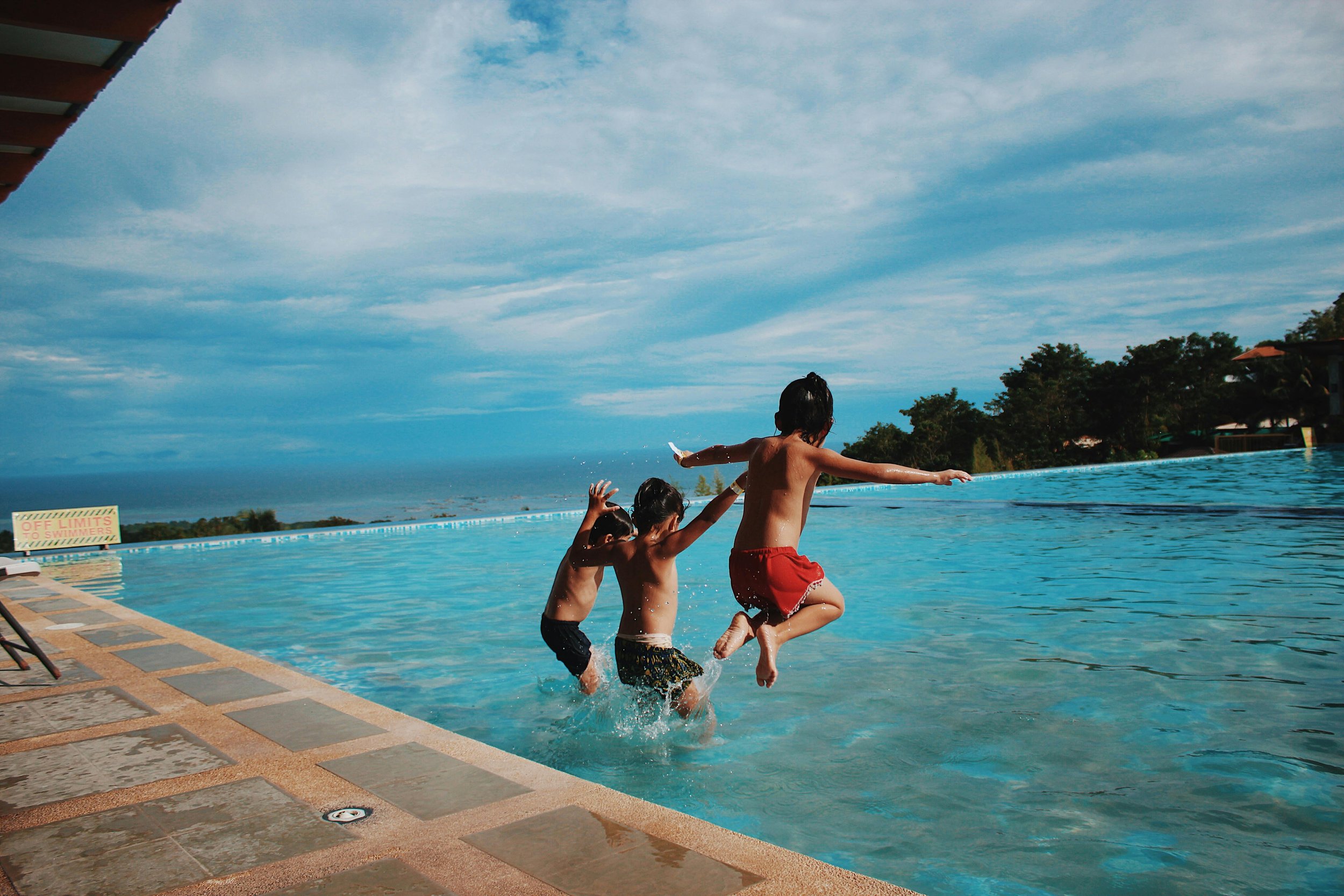Dr. Marita’s Sun Safe Spring Break Guide
With the grey of Victoria’s nestled winter nook in the Olympic rain shadow looming heavy the last few months, many families are taking the Spring Break to escape to somewhere sunny. Happiness waits from the shot of Vitamin D these tropical vacations are sure to inject into the whole family, but let’s not forget our sun safe tips!
For those of us accustomed to the cooler climate of the Great White North, exposure to the intense rays of the sun in southern destinations can pose significant risks. The sun's ultraviolet (UV) radiation can lead to sunburn, premature aging, and even skin cancer if proper precautions are not taken.
Maybe those of us staying home will get lucky with the weather as well. (Okay, I’m slightly jealous!)
Ease into it
After all of the time indoors and bundled up, your skin will need some time to adjust. Start with just a few minutes of sun exposure at a time so your sun has a chance to get the light it needs to produce vitamin D, but avoid the effects of over exposure.
Plan Your Suntime
The UV rays of the sun are much stronger between 10am and 3pm, and so plan your beach time for the early mornings or late afternoons to receive the benefits with less risk. The middle of they day is a great time to schedule activities, enjoy a siesta, or relax under the umbrella. Plus you might get to witness some spectacular sunsets! It’s also a good idea to check the UV index and plan accordingly.
Use Natural Sunscreen
Look for natural sunscreens with active ingredients that have low toxicity levels as sunscreens with toxic ingredients can disrupt your endocrine (hormone) system. Many natural sunscreens can be found at health food stores that use minerals such as zinc oxide or titanium dioxide as the active ingredient as well as other oils that provide moderate SPF levels. Keep in mind that they are not invincible and to take part in other sun protection measures and be sure to reapply every few hours and after swimming or sweating.
Seek Shade & Cover up
If you have a full day planned out in the sun, plan to have an ‘escape’ where you can seek a source of shade. Bringing along a beach umbrella and wearing a few lightweight layers supports the flexibility of being able to shield your skin from the sun’s rays whenever you desire.
Be Careful of Reflective Surfaces
The water and sand can reflect and amplify UV rays. Make sure kiddos are wearing hats and UV protective swimwear while playing in the water and sand, and be mindful of the same.
Stay Hydrated
(No margarita’s don’t count!) Make sure to stay hydrated as sun exposure draws fluids out of the body and they need to be replenished faster. Drink plenty of water throughout the day to prevent dehydration. Avoid excessive alcohol and caffeine consumption, as they can contribute to dehydration. Coconut water is an excellent beach or poolside companion for it’s electrolyte content.
Support Your Skin with Supplements
Astaxanthin is a powerful antioxidant that may help prevent UV damage from sun exposure. A good quality fish oil with a high EPA content contains nutrients that can act as protectors to your skin. Vitamin E (with mixed tocopherols), vitamin C, selenium, zinc, silicon are also all excellent skin supporters.
Happy Spring Break!

